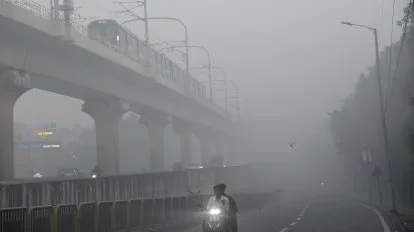Unraveling the Winter Mystery in India: El Niño phenomenon?

Unraveling the Winter Mystery in India: El Niño phenomenon?
This winter, North India finds itself in the grip of an unexpectedly intense cold wave, contrary to the forecasts influenced by the El Niño phenomenon. Further, forecasts from late 2023 also pointed to more WDs but less severe winters with above-normal minimum and maximum temperatures between December and February — primarily due to the El Niño.
However, this year, the anticipated impact of El Niño has not materialized as expected.
Strong jet streams, persistent over North India for the last five days, contribute to the subsidence of cold air, exacerbating cold waves and cold day conditions. Western disturbances, crucial for winter precipitation, have been notably scarce. Additionally, global warming is countering El Niño’s influence on northwest India’s weather, creating a complex interplay of meteorological conditions.
This unfavourable combination has resulted in substantial rainfall deficits in December and January, raising concerns about agricultural productivity and potential water shortages in the coming months.
El Niño, known for warmer-than-average sea surface temperatures in the equatorial Pacific Ocean, typically alters the movement of western disturbances (WDs), ensuring rainfall and snowfall in the region. The decrease in major WD events over the past few years is part of this trend.
While El Niño remains a significant climate factor, its interaction with evolving global conditions underscores the intricate nature of weather patterns, leading to unforeseen outcomes in regional climates.









